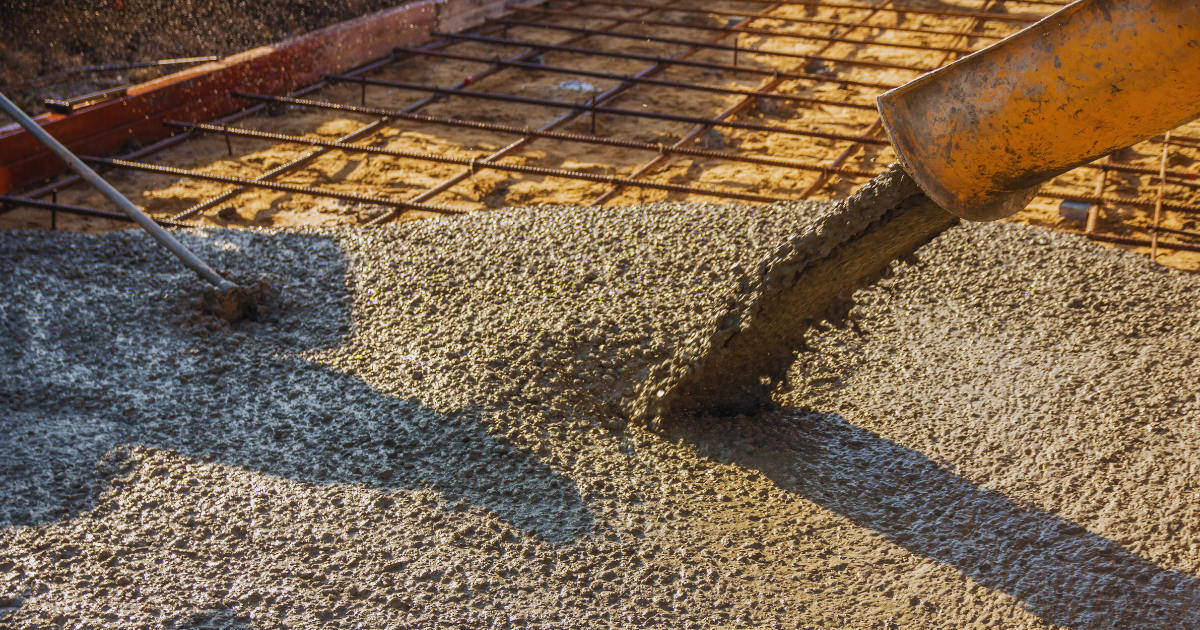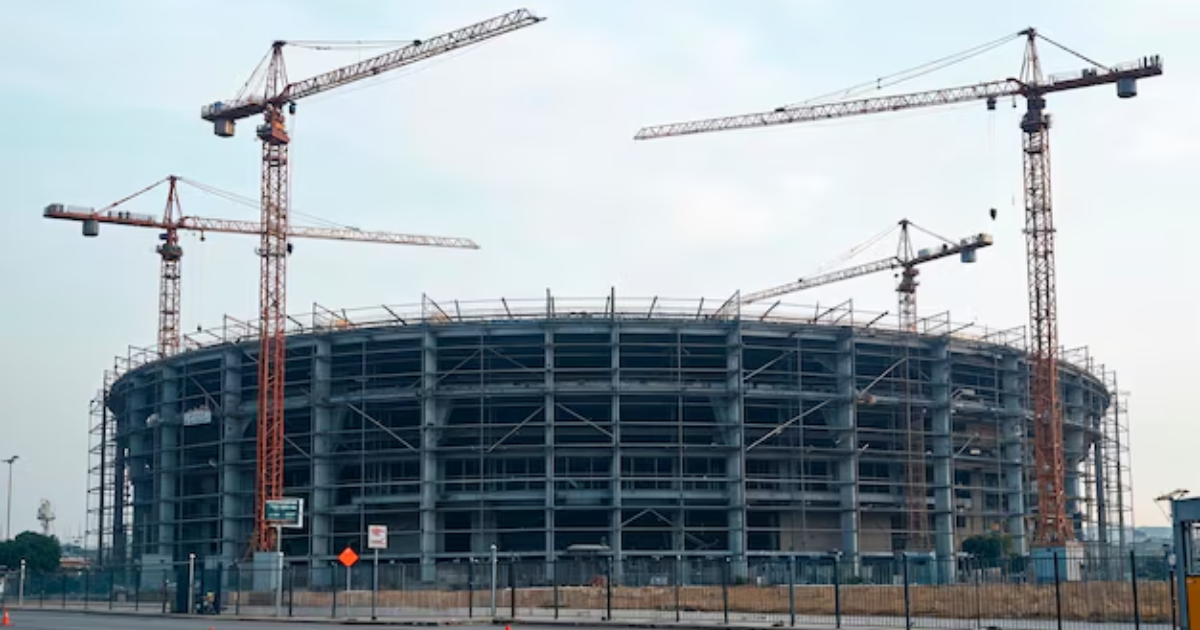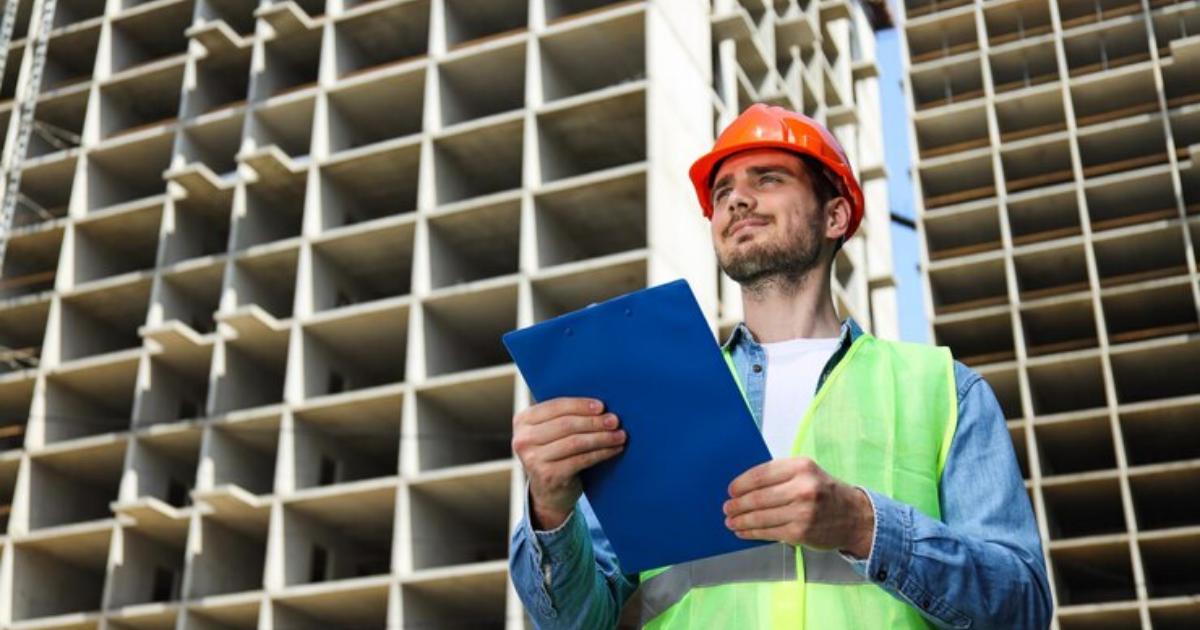In construction, the foundation is critical to the stability of any building, but just as important is how the structure is anchored to that foundation. Anchoring construction refers to the techniques and methods used to secure structures firmly to the ground, ensuring they remain stable, even in the face of external forces like wind, earthquakes, and ground movement. Proper anchoring is essential for the long-term durability and safety of buildings, bridges, towers, and other structures.
In this blog, we will explore the various anchoring construction techniques, the materials used, and the importance of getting it right to ensure that your construction project stands strong and secure.
What is Anchoring Construction?
Anchoring construction is the process of attaching a structure to its foundation, using a variety of methods designed to resist forces that may compromise the structure’s stability. The anchors transfer the load from the structure to the foundation and into the ground, helping prevent movement, collapse, or damage. Anchors can be used in a wide range of construction projects, including residential homes, commercial buildings, bridges, and high-rise towers.
The type of anchor and technique chosen for a particular project depends on several factors, including the structure’s size and weight, the soil composition, environmental conditions, and local building codes.
Types of Anchors in Anchoring Construction
- Mechanical Anchors
- Mechanical anchors are a common choice in anchoring construction, used to attach structures to solid materials like concrete or masonry. These anchors expand when installed, creating a strong bond between the anchor and the base material. Mechanical anchors are often used for small- to medium-sized projects like securing handrails, pipes, or equipment to walls.
Types of Mechanical Anchors:- Wedge anchors: Used for heavy-duty applications, wedge anchors expand within the hole drilled into the base material.
- Sleeve anchors: Ideal for medium-duty applications, these anchors work similarly to wedge anchors but are designed for lighter loads.
- Drop-in anchors: These are installed by drilling a hole into the base material and inserting the anchor, which expands when a bolt is screwed in.
- Chemical Anchors
- Chemical anchors use a bonding agent, typically an epoxy or polyester resin, to secure the anchor in place. In anchoring construction, chemical anchors are used when a higher load capacity is needed or when anchoring into weaker materials. These anchors are ideal for environments where vibrations or movement are a concern, as the resin provides a strong bond that can absorb stress.
- High load-bearing capacity.
- Suitable for use in challenging environments, such as areas prone to seismic activity or vibration.
- Can be used in cracked or damaged concrete.
- Anchor Bolts
- Anchor bolts are a critical element in anchoring construction, used to secure structural elements like steel columns or beams to concrete foundations. These bolts are embedded in the foundation and extend upward to be attached to the structure above. Anchor bolts are essential for large-scale construction projects like high-rise buildings or bridges, providing stability and strength.
- Cast-in-place anchor bolts: These bolts are placed into the wet concrete during the foundation pour.
- Post-installed anchor bolts: Installed after the concrete has cured, these bolts are inserted into drilled holes and secured with either mechanical expansion or chemical adhesives.
- Helical Anchors
- Helical anchors are often used in anchoring construction where soil conditions are challenging, such as soft or loose soil. These anchors are large, screw-like devices that are driven deep into the ground, providing support by transferring the load to more stable soil layers. Helical anchors are commonly used for foundation repairs, retaining walls, and in areas prone to landslides or erosion.
- They can be installed quickly with minimal excavation.
- Suitable for use in poor soil conditions.
- Provide immediate load-bearing capacity.
Why Anchoring Construction is Critical
Without proper anchoring construction, buildings and other structures can shift, settle, or even collapse over time. External forces such as wind, water, and seismic activity place stress on structures, and without proper anchoring, this stress can lead to structural failure. Here are several reasons why anchoring construction is essential for any project:
- Safety
- Proper anchoring ensures the safety of the building’s occupants by maintaining the structure’s integrity over time. A secure foundation and well-anchored construction protect against accidents or catastrophic events like collapses.
- Stability
- Anchors help distribute the load of the building evenly across the foundation, ensuring stability and preventing issues like uneven settling, cracking, or buckling of walls and floors.
- Protection Against Natural Forces
- In regions prone to earthquakes, hurricanes, or floods, anchoring construction helps protect buildings from shifting or collapsing during extreme weather events. In seismic zones, for instance, special anchors are used to help absorb the forces generated by ground movement.
- Longevity
- A well-anchored structure is more likely to withstand the test of time, reducing the need for costly repairs or reinforcements down the line. Anchoring plays a key role in ensuring that the building remains functional and durable for decades to come.
Best Practices for Anchoring Construction
To ensure the success of your anchoring construction project, it’s essential to follow best practices, from planning to installation. Here are some key considerations to keep in mind:
- Understand Soil Conditions
- Before choosing the type of anchor to use, it’s important to conduct a thorough analysis of the soil at the construction site. Different soil types require different anchor solutions, and understanding the soil’s bearing capacity, moisture content, and composition will help determine the best anchoring method.
- Choose the Right Anchor
- Not all anchors are created equal, and selecting the right anchor for your project is critical. Factors to consider include the size of the structure, the load requirements, environmental conditions, and the type of base material. Mechanical anchors may be sufficient for smaller structures, while larger projects may require chemical or helical anchors.
- Follow Manufacturer’s Guidelines
- When installing anchors, it’s essential to follow the manufacturer’s specifications closely. This includes drilling the correct size hole, ensuring proper embedment depth, and using the recommended torque when tightening bolts.
- Regular Inspections
- Even after the project is completed, it’s important to conduct regular inspections of the anchors to ensure they remain in good condition. Environmental factors like moisture, temperature fluctuations, and ground movement can affect the integrity of the anchors over time.
- Work with Experienced Professionals
- Anchoring is a specialized aspect of construction that requires expertise and precision. Working with experienced contractors and engineers can help ensure that the anchors are installed correctly and that your project meets all safety and regulatory standards.
Conclusion
Anchoring construction is a fundamental aspect of building secure, reliable, and durable structures. From choosing the right anchor type to understanding soil conditions and following best practices, every step in the process is critical to the success of the project. Whether you’re working on a residential home, a commercial building, or a large infrastructure project, proper anchoring is essential for long-term stability and safety.
By focusing on anchoring construction, you can ensure that your project stands strong against the elements and the test of time. So, when planning your next construction project, be sure to invest in the right techniques and materials to anchor your structure securely to the ground.







